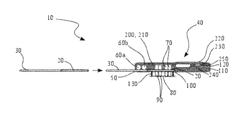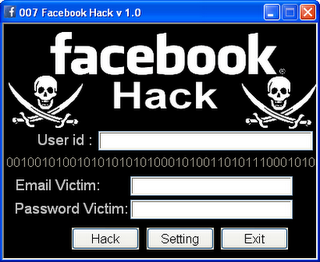The Nucleic acid extraction techniques are critical to atomic science and are routinely used in numerous applications in both clinical and natural sciences. The nucleic acid extraction system was first separated in 1869 by Friedrich Miescher when he was contemplating the synthetic idea of the cores of white platelets. In 1953, Rosalind Franklin, James Watson, and Francis Crick decided the structure of deoxyribonucleic corrosive (DNA), winning James Watson, Francis Crick, and Maurice Wilkins (Rosalind Franklin’s chief) the Nobel Prize in Medicine in 1962. Their work showed that DNA was comprised of two strands of long chains of individual nucleic corrosive particles (called nucleotides) twisted around one another in a helix. This disclosure made it extremely evident that DNA was an ideal atom for putting away and replicating huge measures of data – making it undeniably fit to store the “diagrams” for cells, and along these lines living things.

Nucleic corrosive detachments:
Afterward, in 1968, Gobind Khorana, alongside Marshall W. Nirenberg and Robert W. Holley, won the Nobel Prize for showing how the request (arrangement) in which the nucleotides are combined in strands of ribonucleic corrosive (RNA) could be converted into chains of amino acids to make proteins – one of the essential structure squares of cells. On the whole, these revelations, just as numerous others, have given us an away from the sorts of data that are put away in cells, how this data is replicated, and how it is utilized to coordinate the arrangement and digestion systems of living things. Further investigations of corrosive nucleic particles structure the center of the field of atomic science, which has permitted us to find illness-related DNA successions, including those identified with malignant growth, hereditary sicknesses, and microbial contamination. Atomic science has likewise revealed insight into for all intents and purposes each part of the existence sciences.
With tremendous involvement with research applications for Human Genetics, Biobanking, HLA Typing, and Pathogen Detection, we have grown very good quality answers for nucleic corrosive detachment from numerous example types, giving.
- Prepared to utilize DNA/RNA in exceptional returns and immaculateness – reasonable for touchy examination downstream applications like NGS, MLPA, chip-based tests, Genotyping and some more
- Up to 50 µg DNA/ml blood
- High throughput, quick preparing occasions – 1-96 examples/run, 10 µl – 10 ml test vol. In 60 min.
The separation of great nucleic acids from different example material is a key segment of the present sub-atomic testing techniques.
Our superior arrangements comprising of chemagic™ instruments and packs give an imaginative and productive response for this test. Schematic packs empower the particular authoritative of DNA and RNA from an enormously wide range of test materials, similar to entire blood, serum/plasma, and salivation, encouraging high return and virtue.
The division of nucleic corrosive objective atoms (genomic DNA, absolute RNA, microbe DNA/RNA, or in any event, coursing sans cell DNA) is accomplished through exclusive chromagen innovation. Chromagen innovation catches nucleic acids by profoundly explicit restricting M-PVA (polyvinyl liquor) attractive dots that are from that point pulled in to metal poles, that have been polarized by an electromagnet. While these charged bars move the nucleic acids bound to the particles through the diverse procedure arrangements, the bar pivot turns on after deactivation of the electromagnet, which prompts productive and homogeneous resuspension of the particles during the planning steps.






